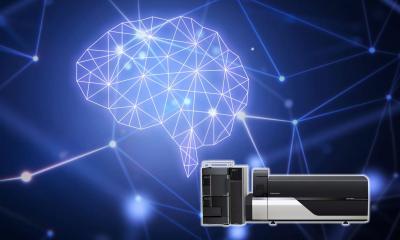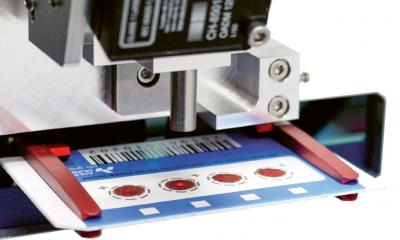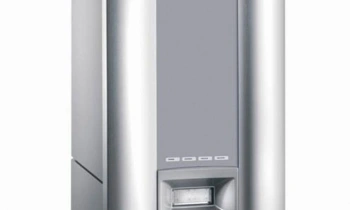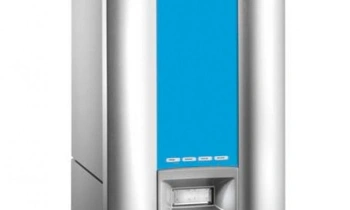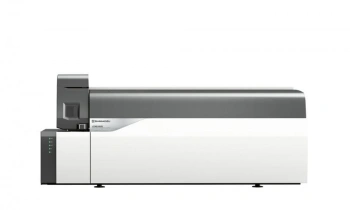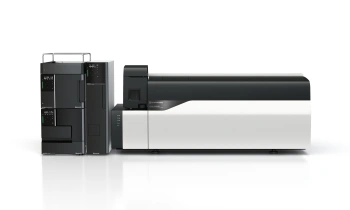Flat-panel detector technology (FPD)
New and revolutionary applications reported
Shimadzu specialises in the production of advanced medical imaging systems and equipment, clinical diagnostic systems, including CT, digital subtraction angiography, cardiovascular systems, digital radiography & fluoroscopy systems, ultrasound and general radiography equipment.
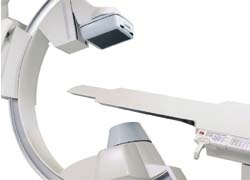
Shimadzu specialises in the production of advanced medical imaging systems and equipment, clinical diagnostic systems, including CT, digital subtraction angiography, cardiovascular systems, digital radiography & fluoroscopy systems, ultrasound and general radiography equipment. Now it has announced ‘breakthrough applications’ in cardiology systems, general radiology rooms and R/F rooms, that have used Safire, its advanced direct-conversion 43 x 43 cm (17 inch) flat panel detector (FDP). ‘This produces distinct advantages in image quality and dose efficiency when compared with indirect-conversion flat-panel,’ the firm reports. ‘The direct-conversion technology creates clearer high-resolution images with less signal deterioration and reduced noise.’
For the clinical areas mentioned above, the company has produced new technologies such as Tomosynthesis, Dual-Energy Subtraction, Slot Radiography and Cone Beam CT.
Digital Tomosynthesis - Individual tomographic layers are stacked on top of each other and digitally compiled to create a volume reconstruction of the region of interest. Up to 90 exposures can be acquired in a single tomographic sweep, greatly reducing examination time. With Safire, large regions can be examined with significantly reduced X-ray dose, the firm points out. By incorporating this technology in a multifunctional R/F system, Shimadzu also enables tomosynthesis with patients in an upright position – particularly helpful for examinations of scoliosis or load-bearing joints (hips, knees).
Dual-Energy Subtraction – This recognises pulmonary nodules better, and is often incorporated into new digital radiography systems. The technique exploits different physical properties of soft-tissue and bony structures affecting the attenuation of X-ray photons at different X-ray energies. During a single examination a ‘low-energy image’ and ‘high-energy image’ of the patient are captured. The construction of a pair of ‘energy subtraction’ images is obtained as a working result, says Schimadzu. ‘One major advantage of DES is the clear depiction of calcification, thereby strongly supporting characterisation of pulmonary nodules.’
Cone Beam computed tomography CBCT - enables precise tumour treatment.
Cone beam (CBCT) imaging visualises vascular tree structures in 3-D. Used in cancer therapy, it allows the precise localisation of tumour zones as well as their treatment with optimum dosage. CBCT evaluation shows a 200% improvement in resolution when compared with current 128 slice CT scanners, while reducing total patient dosage by 90%, Shimadzu explains.
Slot Radiography – This technique is primarily used to examine scoliosis and lower limbs. Slot radiography enables the acquisition and reconstruction of so called ‘long images’, displaying a complete spine or lower limbs. Shimadzu reports that it introduces this technique with its multifunctional remote controlled R/F system. During an examination, a sequence of 5cm-wide slots is acquired, to avoid image distortion as a result of the diverging X-ray beam and to reduce scatter and dosage to a patient. After acquisition the individual slots are digitally reconstructed into a long image.
Shimadzu’s products are on show at the ECR Expo C, booth 328 – or go to www.shimadzu.de
08.03.2007



